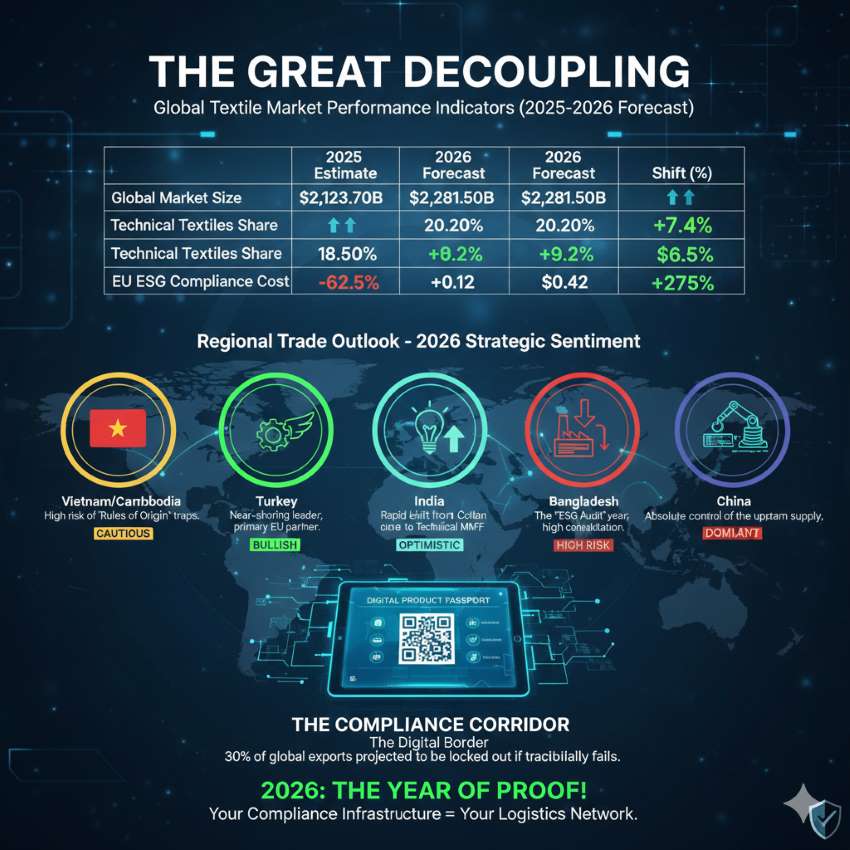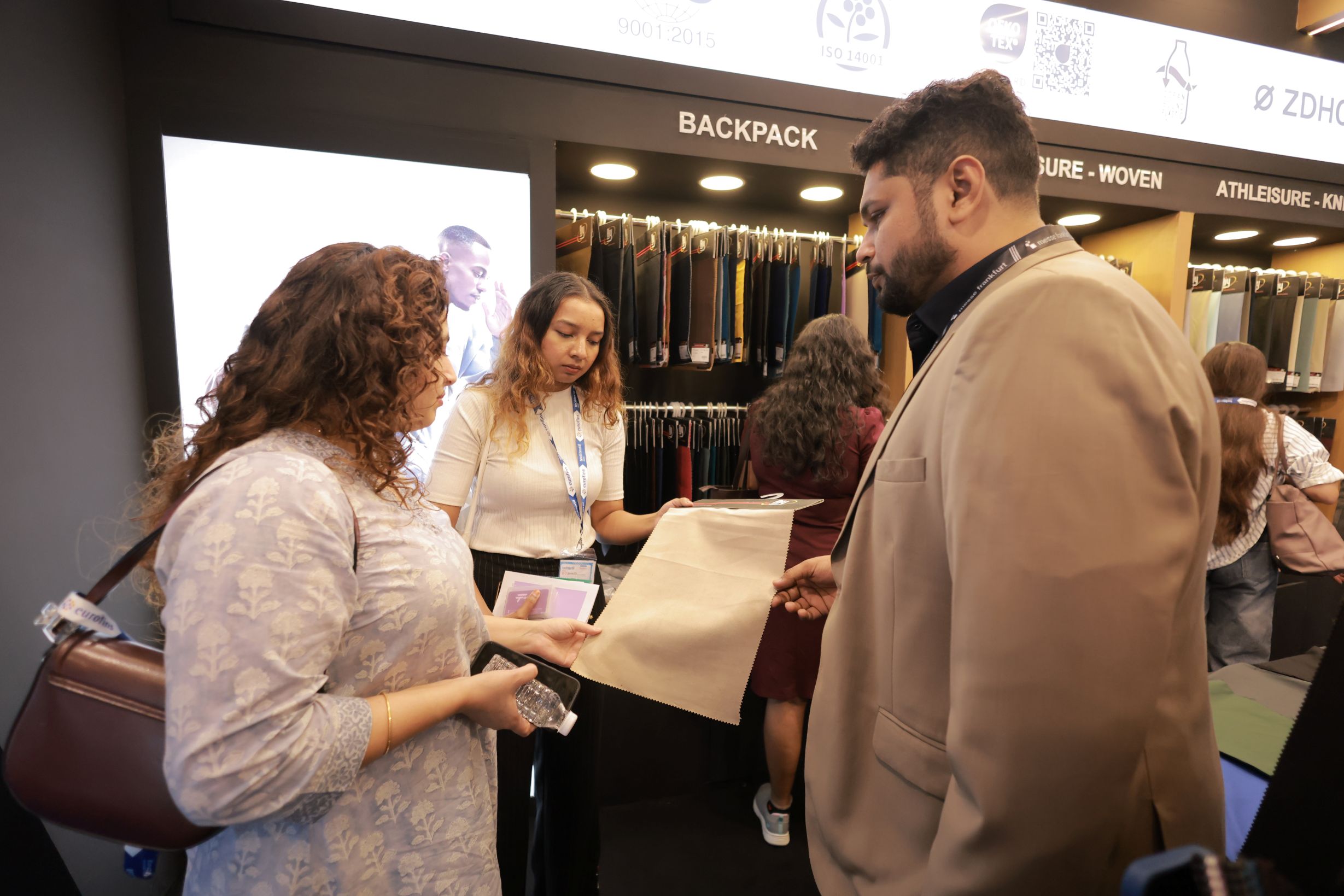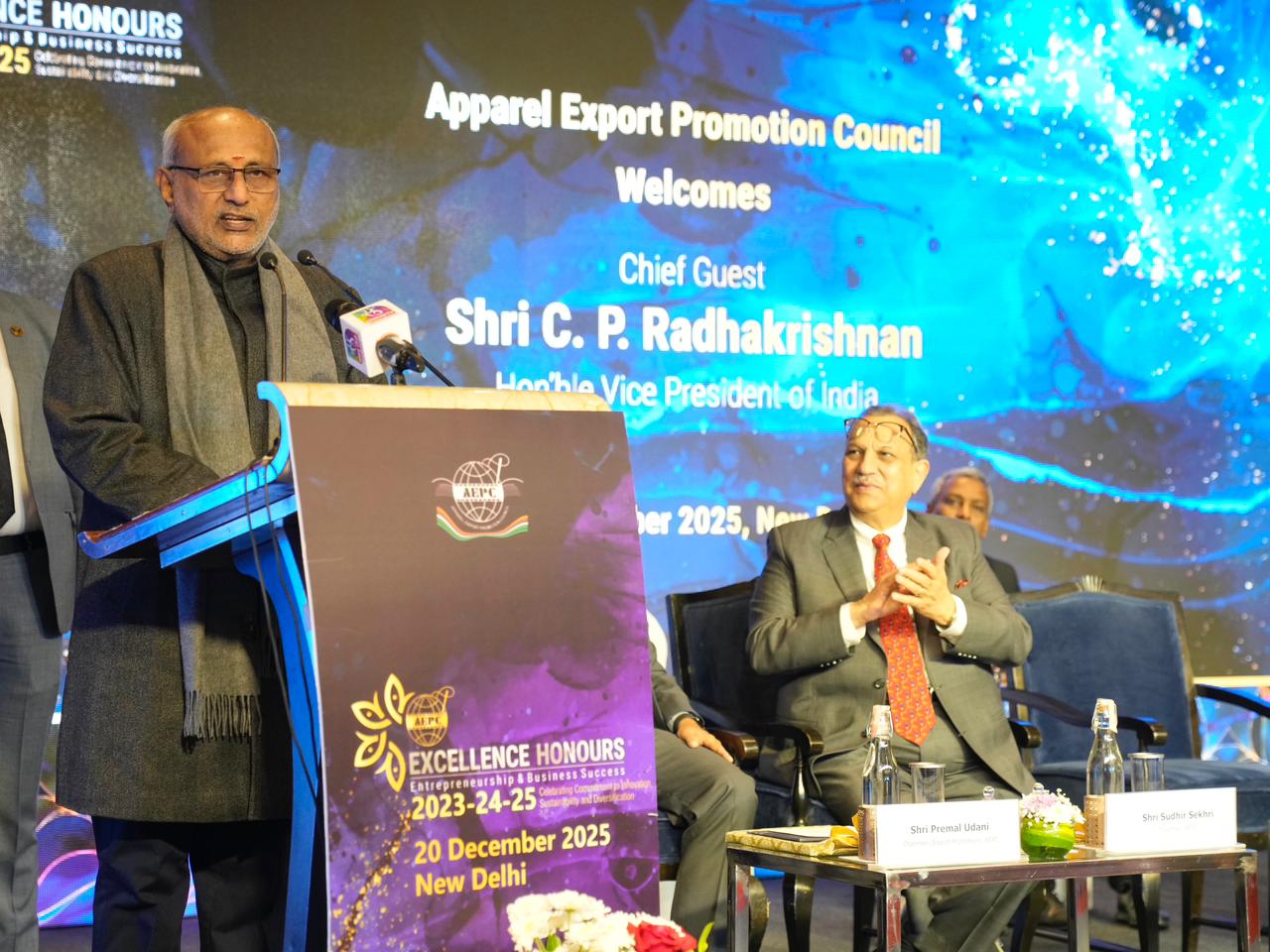FW
Panorama Berlin will be held from July 3 to 5, 2018. This is a serious forum for the fashion industry. In addition to early sightings of coming trends, industry exchange is an indispensable USP of Panorama Berlin.
Over 800 selected women’s and men’s collections, from contemporary to formal to casual and denim will be expanded with the spring/summer season 2019 through the integration of shoes and accessories as well as lifestyle items, presented in stylistically homogenous worlds.
Around 60 brands covering athleisure and sports fashion will showcase their new spring /summer collections for 2019. Two seasonal themes (yoga and beachwear) will round off the offer. The Retail Solutions area will offer a new platform for the whole world of possibilities to optimize stationary retailing. From digital solutions and gastronomic franchise concepts to shop fitting and merchandising, another area will bring together service providers and tools that will turn trade in fashion into action. Short lectures and panels will provide further insights and ideas.
The range of the eco-fashion format Xoom for sustainable fashion will be expanded. Selvedge Run will remain an integral part of Panorama Berlin. This time the slogan for the show is Connecting Communities.
Global Fashion Agenda, a leadership forum on fashion sustainability around the Copenhagen Fashion Summit launched the inaugural, sustainability-centered CEO Agenda. It has been developed with fashion titans such as Kering, H&M, Target, and Li & Fung and makes a case for change.
Eva Kruse, CEO, Global Fashion Agenda says fashion is one of the largest industries in the world, but also one of the most resource and labor intensive. The environmental, social and ethical challenges the industry faces today are not only a threat to the planet, but also a threat to the industry itself. That’s why there’s no alternative but for sustainability to become an integral part of any company’s business strategy.
The CEO Agenda 2018 spells out seven priorities that should be top of mind for any CEO in fashion right now. Three priorities for immediate implementation include supply chain traceability; efficient use of water, energy and chemicals; respectful and secure work environments, etc. Apart from this, there are four transformational priorities for fundamental change in the long run. These include sustainable material mix; closed-loop fashion system; promotion of better wage systems; and fourth industrial revolution.
India’s textile and garment exports are likely to fall short of targets for 2017-’18.
During April to February 2017-18, exports of readymade garments fell 6.25 per cent over the same period last year. In February alone, shipments witnessed a steep 13.86 per cent fall.
A worrying factor is the backdoor entry of Chinese fabrics into the Indian market via Bangladesh.
Another negative factor is that the effective duty drawback has come down for the sector post implementation of GST, thereby hitting export margins. Although the remission of state levies and the Merchandise Exports from India Scheme rates were tweaked late last year, a two per cent gap still exists, which is crucial in a single digit margin industry. Moreover, refunds are getting delayed or blocked and the financial crunch is taking a toll on the capital intensive industry.
China, which is the largest market for cotton yarn, has imposed a 3.5 per cent import duty on yarn from India under the Asia Pacific Trade Agreement, while duty free access is given to Vietnam. This has led to a large capacity expansion in yarn manufacturing in Vietnam, which has surpassed India to become the largest supplier of cotton yarn to China.
As a result, India’s cotton yarn exports to China have decreased by 49 per cent, while Vietnam’s exports of cotton yarn to China have increased by 88 per cent.
The European Union is tackling industrial pollution with a new initiative designed to yield a more sustainable textile sector. An innovation observatory project is being introduced aimed at improving this process and reducing industrial pollution in Europe. The innovation observatory, which will operate through 2020, requests stakeholders to submit better information on emerging techniques—methods that ensure an equivalent or higher level of environmental protection than existing techniques.
Industrial pollution accounts for a large share of Europe’s overall pollution problem, thanks to the emission of air pollutants, discharges of wastewater and waste generation. One goal of the observatory will be to document complete information on emerging techniques and track the latest innovation cycles that could help the EU’s environmental goals. From there, the focus will be on engaging with a more comprehensive set of stakeholders involved in the review process to improve the level of information captured, which should ultimately lead to the adoption of new, better techniques.
With the observatory, the EU and related stakeholders can identify novel emerging ideas and assess their progress to improve overall sustainability in Europe’s textile sector. The project also aims to yield two databases, a stakeholder database and a novel technique database. The stakeholder database will involve a set of industrial technologies experts, while the novel technique database will highlight a set of emerging techniques on industrial activities.
Textile Asia was held in Pakistan from March 27 to 29, 2018. More than 450 companies showcased 650 products at the exhibition. Exhibitors from Korea, France, Germany, Italy, Vietnam, Turkmenistan and Portugal were present. The event witnessed 75,000 trade visits.
Chinese companies participated in large numbers and they made deals worth millions. Many Chinese companies expressed their willingness to relocate textile factories to Pakistan. The Chinese are planning to move with the latest technology and skills by making joint ventures with local companies.
The presence of Chinese companies in Pakistan is increasing following the initiation of the China-Pakistan Economic Corridor. This year Zhejiang province was the most prominent exhibitor with 150 companies displaying their products. European companies also displayed high-tech textile machinery at the exhibition. A company from Portugal displayed high quality threads for denim and successfully achieved business deals with local manufacturers.
Indian textile machines were also displayed at the exhibition through Pakistan representatives. Textile Asia is a landmark event, which has provided an effective podium for joint ventures and collaborations among the local textile industry and international entrepreneurs.
Pakistan is considering reducing gas and water tariffs to lower production costs and make local companies competitive in the international market.
"The outgoing chairman of National Council of Textile Organizations (NCTO), a Washington, DC-based trade association that represents domestic textile manufacturers, William V ‘Bill’ McCrary Jr. delivered the trade association’s 2018 State of the US Textile Industry overview at NCTO’s 15th Annual Meeting on March 22. He highlighted the US President Trump’s pro-manufacturing agenda is forcing Washington to do what NCTO has long sought – rethink policies on trade, taxation, regulatory reform and a host of other issues. He asserted that the time for change is now and NCTO is committed to working with the Trump administration to achieve the best policy outcomes on these and other issues."

The outgoing chairman of National Council of Textile Organizations (NCTO), a Washington, DC-based trade association that represents domestic textile manufacturers, William V ‘Bill’ McCrary Jr. delivered the trade association’s 2018 State of the US Textile Industry overview at NCTO’s 15th Annual Meeting on March 22. He highlighted the US President Trump’s pro-manufacturing agenda is forcing Washington to do what NCTO has long sought – rethink policies on trade, taxation, regulatory reform and a host of other issues. He asserted that the time for change is now and NCTO is committed to working with the Trump administration to achieve the best policy outcomes on these and other issues.
Fact file

In 2017, the value of US man-made fibre and filament, textile, and apparel shipments was an estimated $77.9 billion. US exports of fibre, yarns, fabrics, made-ups, and apparel were $28.6 billion in 2017. This is nearly a nine per cent increase in export performance over 2016. Shipments to NAFTA and CAFTA-DR countries accounted for 54 per cent of all US textile supply chain exports. The US is especially well-positioned globally in fibre, yarn, fabric, and non-apparel sewn products markets; it was the world’s 4th largest individual country exporter of those products in 2016. The US textile industry’s commitment to capital re-investment and a continued emphasis on quality and innovation make it well-positioned to adapt to market changes and take advantage of opportunities as 2018 moves along."
Policy matters
McCrary Jr said, for decades, US policy systematically undervalued the importance of domestic manufacturing, and President Trump is right that this has hurt America. NCTO endorses President Trump’s macro policy objectives of reshoring industry, fighting for free, but fair trade, enforcing US trade laws, making the US tax code more competitive, buying American, cutting unnecessary regulation, revitalising infrastructure, ensuring cheap energy, and fixing health care. On trade, NCTO agrees with President Trump that US trading relationships must be rooted in fairness and reciprocity to benefit a broad swath of American society.
America’s most important trading relationship is NAFTA, a pillar upon which the US-Western Hemisphere textile supply chain is built. At almost $12 billion combined, Mexico and Canada are the US textile industry’s largest export markets. Moreover, Mexico provides vital garment assembly capacity the United States lacks at this time. NAFTA’s yarn-forward rule of origin contains loopholes that benefit third-party countries, such as China. Closing them would boost US and NAFTA partner textile and apparel production and jobs.
Priority areas
NCTO urges continued support for the Advanced Functional Fabrics of America (AFFOA). This defense department-funded program is matched three to one with private dollars and tasked with making it easier to develop and commercialise the next generation of high-performance textiles. NCTO also calls for the US Government to invest in improving automation for garment assembly because this technology shows promising potential to reshore US textile and apparel production and jobs.
Another NCTO priority is ensuring the US textile industry has uninterrupted access to reasonably priced energy. Most man-made fibres are derivatives of petroleum products and many textile producers are reliant on natural gas to power manufacturing operations. Noting this, NCTO supports construction of expanded oil & gas pipeline capacity to keep energy prices low. Finally, the US textile industry must acknowledge its workforce is aging, making the recruitment of new talent a priority. US companies must continue to forge links with local and state leaders, and educators to make sure government policy nurtures a labour pool both adequate in size and well prepared to succeed in a competitive global economy.
Future expanse
Although the US textile industry is world-class, it cannot afford to rest on its laurels. There will always be intense and sometimes unfair competition from abroad, changing consumer demands and inevitable economic downturns. Fortunately, the Trump administration wants to spur manufacturing output and jobs, and it is incumbent upon the US textile industry to seize this generational opportunity to usher in a new era of growth. With so much at stake, the chairman urged all members of NCTO to stay active in this indispensable association that is fighting to promote the interest of the industry in Washington.
"The world is concerned with President Trump’s tariff plans. The US has also announced 25 per cent tariff on steel imports and 10 per cent on aluminum for countries other than Canada and Mexico. Additionally, there are plans to impose around 45 per cent tariff on goods imported from China to suppress the country’s intellectual property problems. Companies will pay taxes at the border for the goods they are bringing in, which will make the products more expensive, and consumers have to pick up the tab. Apparel industry, already operating on razor thin margins for most goods cannot afford such high tariffs."
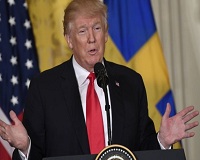
The world is concerned with President Trump’s tariff plans. The US has also announced 25 per cent tariff on steel imports and 10 per cent on aluminum for countries other than Canada and Mexico. Additionally, there are plans to impose around 45 per cent tariff on goods imported from China to suppress the country’s intellectual property problems. Companies will pay taxes at the border for the goods they are bringing in, which will make the products more expensive, and consumers have to pick up the tab. Apparel industry, already operating on razor thin margins for most goods cannot afford such high tariffs. Nicole Bivens Collinson, President-international trade and government relations, Sandler, Travis & Rosenberg feels the imposition of additional 35 to 45 per cent tariff on goods made in China will certainly impact prices.
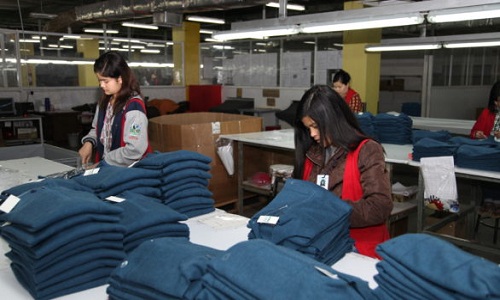
The apparel and footwear industry is the latest to join the agitation over President Trump’s tariff plans on China. The move would lead to higher consumer prices. The US government is planning to impose tariff on Chinese IT, telecom and consumer goods with a view to force changes in China’s intellectual property and investment prices. Apart from a number of US retail giants, the American Apparel and Footwear Association (AAFA) and as many as 82 footwear companies have written to the President opposing the tariff.
Meanwhile, the apparel and footwear industry, particularly men’s and boys’ apparel wholesaling, has been growing steadily over the past five years and the momentum will continue in future as well. Additionally, consumer expenditure has risen on the back of a recovering economy, increasing consumer confidence, wage growth and higher purchasing power, which ultimately resulted in higher revenues for companies. Thus, it makes perfect sense to invest in apparel and footwear stocks.
Washington could impose more than $60 billion in tariffs on goods ranging from apparels to footwear, electronics and toys. Analysts feel any additional broad-based tariff means burdening the American working class as they will have to pay higher prices for household basics like clothing, shoes and electronics. There is a sense of caution among the entire US fashion industry. The imposition of 25 per cent and 10 per cent tariffs on imported steel and aluminum too will hit the apparel and footwear industry. Steve Lamar, Executive VP, AAFA points out imposing tariffs on imported items ultimately passes on to consumers. There is a direct cost that rolls into the industry. It is not like the can industry or the auto industry but it is there. Manufacturers, retailers and importers purchase trucks to haul merchandise and manufacturers package their goods in aluminum cans, he said.
Associations’ views
In a letter to President Trump, US apparel and retail organizations has said because duty rates in these product categories are so high and since China is a dominant supplier, imports from China account for most duties collected by the US government. In fact, duties on US imports of these consumer products from China already represent more than 22 per cent of all tariffs the US collects from all countries on all products. What’s more, such duties are paid by US workers, consumers, and companies—not China.
United States Fashion Industry Association (USFIA) has said while they support efforts to protect the IP of brands and retailers, they will never support punitive tariffs based on fiction that imports harm domestic jobs and growth. The new tariffs will not create more jobs in the US instead, will harm the companies that already create thousands of high-quality jobs in design, marketing, retail, logistics, compliance, within the US. These tariffs will surely harm American consumers, who will face higher prices on the clothes, shoes, home products, and other essentials.
It’s still too early to comprehend the future scenario. Bivens Collinson feels there is no way manufacturer or brands can absorb the high tariff. While the entire 35 per cent may not be added to the cost of an item, at least some may be added to the cost of apparel and footwear.
The US plans to suspend duty-free access to Rwandan textile imports. The reason is the African nation’s refusal to lower trade barriers for American-made clothing and shoes.
Rwanda is among the countries eligible for trade benefits under the African Growth and Opportunity Act. AGOA rewards African nations that undertake economic and governance reforms with duty-free US market access.
Rwanda was among three East African nations—the others are Tanzania and Uganda--that banned imports of used clothing and shoes from the US. The US-based Secondary Materials and Recycled Textiles Association said the ban would impose significant economic hardship in the US used-clothing industry. However, the US won’t suspend AGOA benefits for Tanzania and Uganda saying they have taken steps toward eliminating prohibitive tariff rates on imports of used clothing and footwear and committed not to phase in a ban of these products.
The US exported textiles and apparel worth 330,000 dollars to Rwanda in 2016. Coffee and tea shipments were among top exports to the US. Rwanda has been improving its overall business environment, winning praise for rebuilding since a genocide in 1994 that killed as many as 8,00,000 people. The country ranked second in Africa, behind Mauritius, in the World Bank’s 2018 Doing Business report, said it has carried out the most business-friendly reforms in the region in the past 15 years.
Steve Murray is vice president, Strategic Projects, at VF Corporation. This appointment marks Murray’s return to VF Corp. He had earlier served as president of the company’s Vans brand for five years.
In this newly created position, Murray will work around key strategic projects, including elevating The North Face’s footwear product strategy, and supporting the successful integration of the Altra brand into VF and the extension of its technical footwear capabilities into VF’s outdoor footwear platform.
Murray possesses a unique blend of apparel and footwear industry expertise, a proven record of leading successful businesses transformations, and an intimate knowledge of the VF business model, all of which will enable him to quickly create meaningful value. He has more than 30 years of experience in the apparel and footwear industry. He most recently served as CEO of Airwair International where he was responsible for leading the company’s transformation from a manufacturing-led, family owned entity to a consumer-focused, private equity-backed, global retailer. Earlier in his career he was the global head of apparel at Reebok.
VF Corporation is a global leader in branded lifestyle apparel, footwear and accessories. It is transforming into a more agile, consumer-centric organization and maintains focus on advancing the high priority, strategic initiatives that will accelerate growth for its brands and create value across its global enterprise.
Ministers have expounded the mutual benefits of a new, UK-led era of global trading, outside the EU’s rules. Earlier this year, Liam Fox wrote that expanded trade relations will help bring “economic liberation” and prosperity to the poorest nations. Ministers are right about the expansion of UK trade and potentially huge benefits to some of the poorest countries.
In some of the poorest countries in the world, including some Commonwealth countries, there is strong evidence that badly-designed trade deals can hinder development and harm women’s rights in particular. They can encourage a race to the bottom between poorer countries on workers’ rights and low pay; limit what governments can do to uphold rights, and to fund public services; and, through rapid changes in the jobs market, they can increase poverty.
Workers typically women and girls are often forced to work long hours, and frequently harassed or worse at work. Low value industries like clothes manufacturing tend to grow when a country opens up to trade, and while many jobs might be created, they are often deeply insecure and unsafe.
In Egypt, an investment treaty has allowed a French corporation to sue the government over its plans to bring in the minimum wage. In Vietnam, rapid liberalisation risks sinking a thriving food processing industry as the domestic market will be inundated with cheap imports, and many domestic firms that employ female seafood farmers are unlikely to survive.
The Brexit transition period, is a golden opportunity for world-leaders to take a principled approach to trade. Starting at the upcoming Commonwealth leaders’ summit in London, ministers should commit to the fairest possible post-Brexit trade offer. The UK’s proposed trade deals should be grounded in the strongest international rights standards and based on solid assessments of the likely impact on the poorest.


